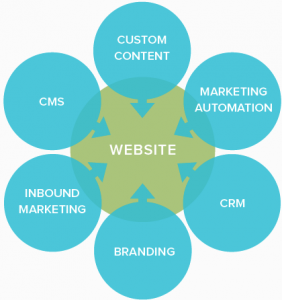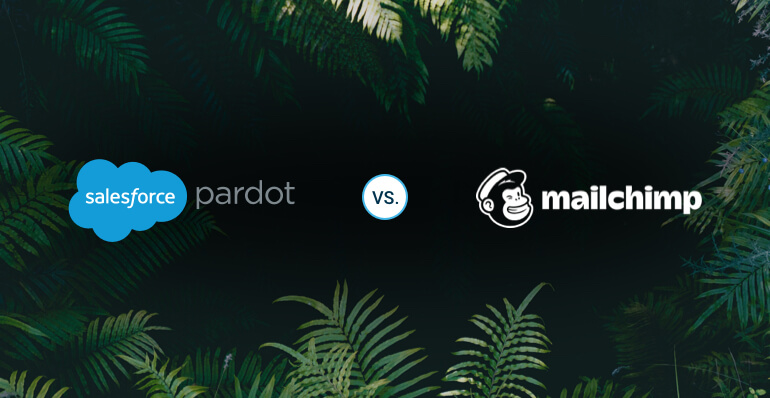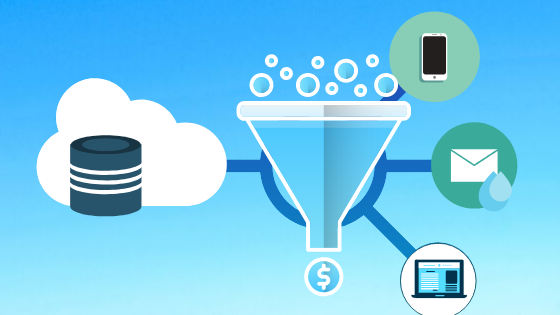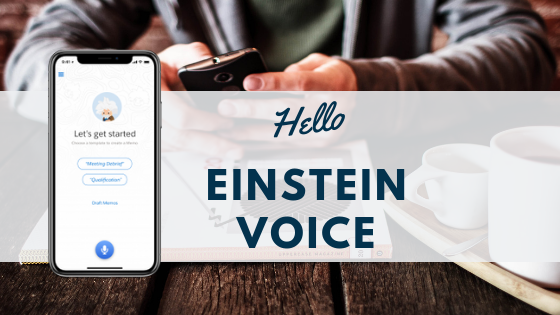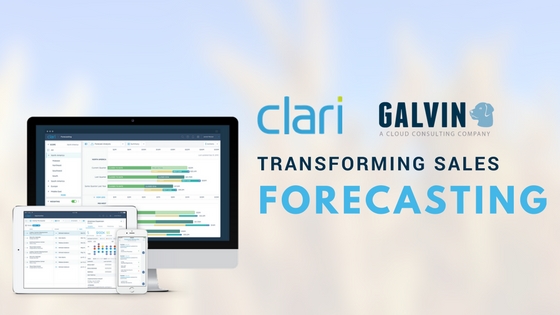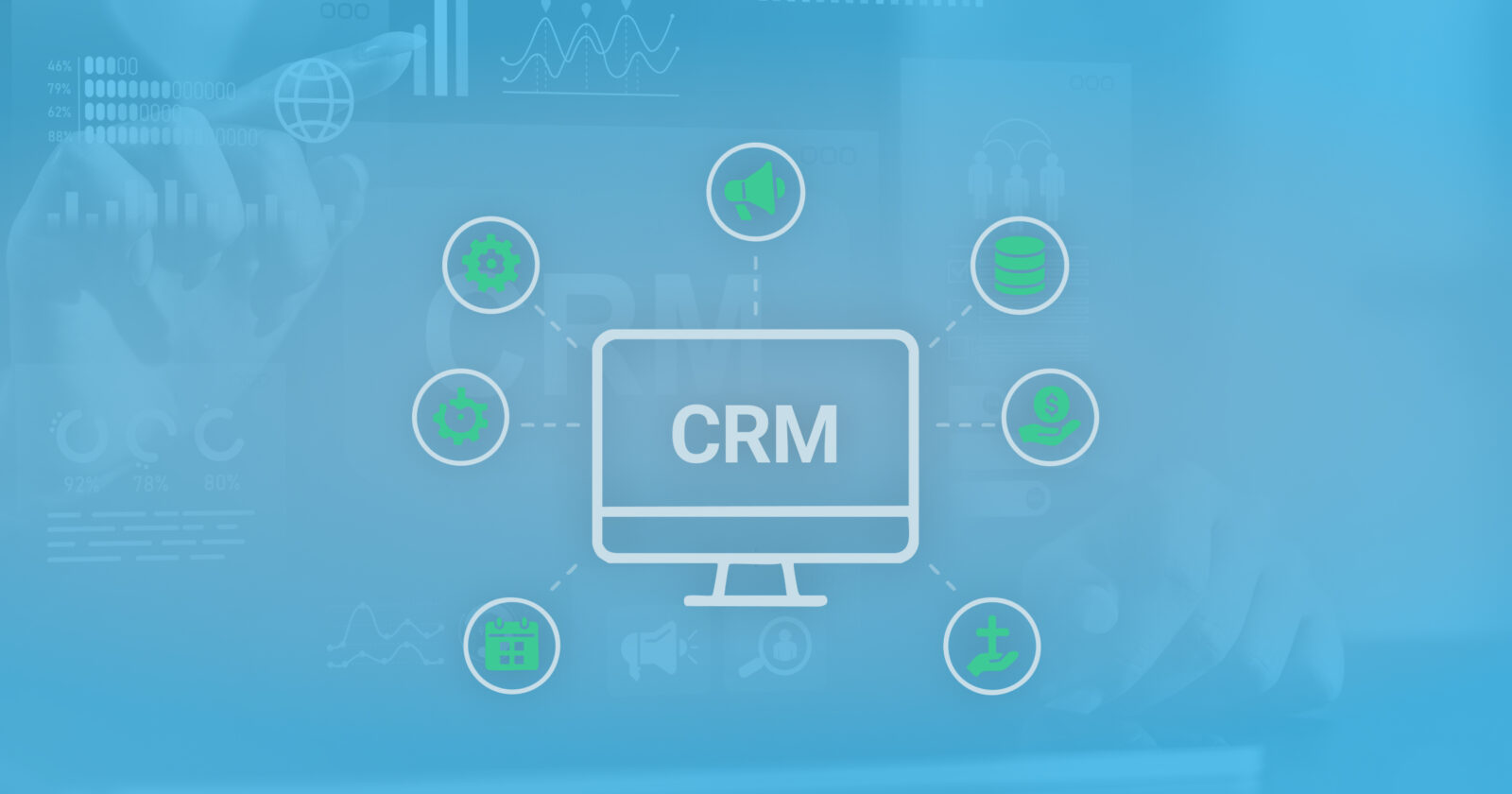Customer Experience Management : 6 Key Factors to A Great Strategy
An Introduction to CXM
Customer Experience Management (CXM) is the fusion of multichannel strategies to deliver a full experience of your brand to your customers. CXM uses different technologies, aimed at specific audiences, to create engaging and lasting customer relationships.
This all sounds great, right?
After you read this blog post you will be able to understand:
- What CXM entails.
- How CXM improves conversion and increases your ROI.
- The steps to create a more custom and consistent online marketing strategy.
I. Personalized Content
It’s a known truth that in the digital marketing landscape, updating your website with new content directly correlates to an increase in site traffic. With more traffic comes more opportunities for lead generation and therefore higher conversion rates. Examples of great content updates could be via blog posts, white papers, case studies or service offerings. This kind of content gets users excited about coming back to your site. With all of this new content though, it can be a bit disheartening for users to wade through and find what’s important to them. That’s when a personalized content strategy can be so beneficial to the customer experience. You can achieve this by using a number of Content Management Systems available today.
II. Content Management Systems
At Galvin, we offer our clients a Content Management System (CMS) called SiteCore. With SiteCore one can capture characteristics about a user that will help create that unique experience for them. This data is used to create “personas” that show details about site visitors, but also helps one understand how each type of persona relates to each other.
We can improve persona conversion and create these custom experiences with:
- Recommendations on products & services
- Targeted promotions
- Pre-populated smart forms
With dynamic content, your strategy has now become much more effective by keeping customers happy and in-turn increasing the ROI.
III. Inbound Marketing
We now have a personalized content strategy in-place with the right tools and process to keep it updated. But how do you get customers to your site to provide them with this wonderful content? This is where Inbound Marketing comes into play. This CXM component uses digital resources at your disposal to earn, not buy, the customers attention. Inbound Marketing uses Search Engine Optimization (SEO), social media, white papers, infographics and videos to attract traffic to your site.
The Mediums
This step starts with a carefully planned strategy for each medium in the process. For each medium we would customize a plan that helps them work in unison and engage with your users:
- SEO – An evolving effort that will pinpoint key terms to drive organic search traffic to your site.
- Social Media – The best way to converse online with prospective clients, and at the same time, communicate your brand.
- White Papers & Case Studies – These are a very powerful tool to illustrate your value to a lead. Use SEO and Social Media outlets to help distribute this information.
- Video / Infographics – As white papers and case studies can become text-heavy, video and infographics can be a fun way to introduce leads to your services.
Converse With Your Customers
Inbound Marketing can also be used as a retention tool. Using Quora for instance, is a great way to reach out to your customer and provide them with continued support. Quora, Twitter and Facebook all have the ability to create and retain customer relationships that last. This bring us to our next factor in the CXM ecosystem…
IV. Marketing Automation
Marketing Automation is a business concept used to ensure that you are staying in-touch with your customers. By staying in-touch with each prospective or current client, your sales team can understand where they are in the sales process and in their business timeline.
Nurturing Leads
With every lead you get, whether it be from trade shows, websites, salespeople, word-of-mouth or from Inbound Marketing, Marketing Automation helps sales teams sustain these leads. By using automated email marketing workflows, Marketing Automation not only helps you manage all of these channels, but also personalizes these communications for every client relationship.
V. Customer Relationship Management
The Delivery of CXM
We now need a way to deliver these effective digital communications, enter Customer Relationship Management (CRM). At the core of our CXM ecosystem is the ability of a CRM to streamline and automate sales processes by collecting and analyzing data about every potential customer. This data comes from directly integrating it into your business processes, connecting it with your Inbound Marketing efforts and implementing it into your entire business process.
It’s About Trust
CRMs enable you to gain trust from customers by listening to what they need and providing a delivery mechanism to respond. At Galvin, we offer consulting and integration for the CRM platform, SalesForce.com. SalesForce transforms the way you engage and collaborate with your customer. These engagements show your customers that you are here for them and can deliver something beneficial to their business goals.
An effective CRM integration can improve:
- Online support
- Client satisfaction
- Client retention
- Understanding of new opportunities and help you engage more appropriately
- Business processes by using cloud technologies
VI. Brand Strategy
The last factor that comes into play is the delivery of your brand message to the digital world. Each time you create something about your company there is a message attached to it. This message is visual as well as conceptual. There are many elements attached to a great brand message; brand voice, typography, colors, illustrations, photos, etc. If all these are consistent throughout your CXM efforts the brand will appear professional and instill trust into it’s customers.
A Successful Digital Strategy
Consumer engagement has shifted into the digital space. Therefore marketing professional need to shift their strategies here as well. These 5 key factors that make up the Customer Experience Management platform will ensure these strategies are implemented successfully.
CXM encompasses:
- Personalized Content: to excite users and create leads.
- Inbound Marketing: gives you pathways to draw these leads to your brand.
- Marketing Automation: collects data from these leads so you can nurture them into customers.
- Robust CRMs: to manage all these strategies and push you to support and understand your client’s business goals.
- Strong Brand Strategy: that is visually and conceptually consistent to exude trust and competency.
With all of these business strategies and technological resources marketing professional now have the tools to create the best possible online customer experience for their brands.
Want to learn more about CXM?
Register for:
Attract – Retain – Convert : Using CXM & SiteCore to Engage Your User
When: June 20, 2013
Time: 5:30 – 7:00pm EDT
Location: JW Marriott : 10 S West St. Indianapolis, IN 46204
Our four speakers will be discussing specific topics related to Customer Experience Management and how you can utilize these key ideas for a successful brand experience.

